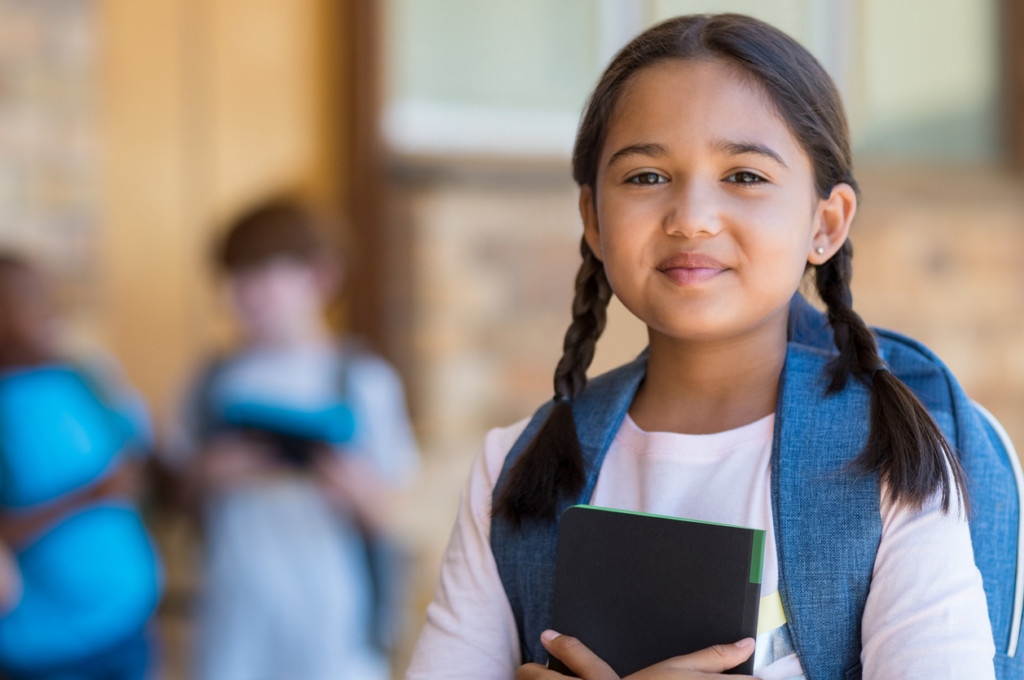
Editor’s note: This piece from Fort Lauderdale city commissioner Heather Moraitis appeared Sunday as a special to the South Florida Sun Sentinel.
Coronavirus has exposed cracks in our society and changed the way we interact with the world. From our dependency on foreign countries for medication and medical infrastructure, to our acceptance of “work from home,” and our new reliance on hand sanitizer, masks and mobile orders — things are changing right before our very eyes. And perhaps one of the greatest cracks exposed, and industry most in need of new options, is our education system.
Children across the country had their schooling interrupted, altered, and in many cases postponed after summer break. And while Broward County Public Schools plan to start back in the classroom this week, families should have more options. Many childcare facilities remained open during the pandemic, and our schools could have followed similar guidelines to reopen sooner and provide in-person K-5 education.
The reality is our families and their economic well-being depend on in-person supervised learning for children too young to stay home alone. In fact, only 40% of our workforce was able to transition to working from home, making the supervision of young children at home for remote learning even more difficult.
When you consider that families with means were able to switch to other educational opportunities such as independent schools, homeschooling, education “pods” or online education platforms with a tutor, one starts to see systemic inequality in our education system. In the district I represent in Fort Lauderdale, there are four large private schools that already opened this school year. This equates to nearly 5,000 students in my district going to campus for class every day. Parents with the necessary means and resources have taken advantage of this, and in fact, new students have enrolled in these private schools for the chance to participate in on-campus learning.
Unfortunately, most families were not able to send their children back to school due to Broward County Public Schools’ decision to remain closed. While I am proud that our city is stepping up to provide supervised e-learning centers at four community centers in the city for K-5 students, this should have been done by public elementary schools in the city and county for all families who needed in-person K-5 learning.
The bottom line is this: It is wrong when only families with means and resources are able to choose an education program that’s best for their child. All families should have that right.
It is time we start to view education differently. Educational opportunities and choice should be available for all, not driven by your zip code or financial standing. And while there are some programs, such as McKay, Step Up, and Family Empowerment Scholarships that enable families to choose the best school for their child, this statewide opportunity shouldn’t be limited to just a few programs or just a few students.
I know firsthand how powerful having a choice in education can be. I went to college on a Pell Grant, and the opportunity changed my life forever. But that funding came along with the option to go to the college of my choice. Similarly, parents should also be given the option of sending their children to the school of their choice.
Later in life, as a mom trying to provide a good education to my kids at a reasonable price, while staying at home with them, I became a champion of school choice. I worked with my church to create a co-op program that integrated students into a private school part-time and at home the rest of the week. It worked for our family and is another example of educational choice that can and should be provided to all families.
So let’s take a fresh look. We can do so much with school vouchers, where the money directly follows the child. Parents are given the resources to choose the best program for their child — whether that be charter, public, private or homeschooling. When funding is funneled to students rather than institutions, parents and students are put in the driver’s seat to make decisions.
We live in a modern, virtual and customizable society yet our education system reflects an outdated, one-size-fits-all approach. America has spent the past 40 years working to close the achievement gap and despite spending more than a trillion dollars just at the federal level, the gap has only widened. It’s time we modernize and adapt so that each student can succeed and every family has the ability to do what’s right for their child.


